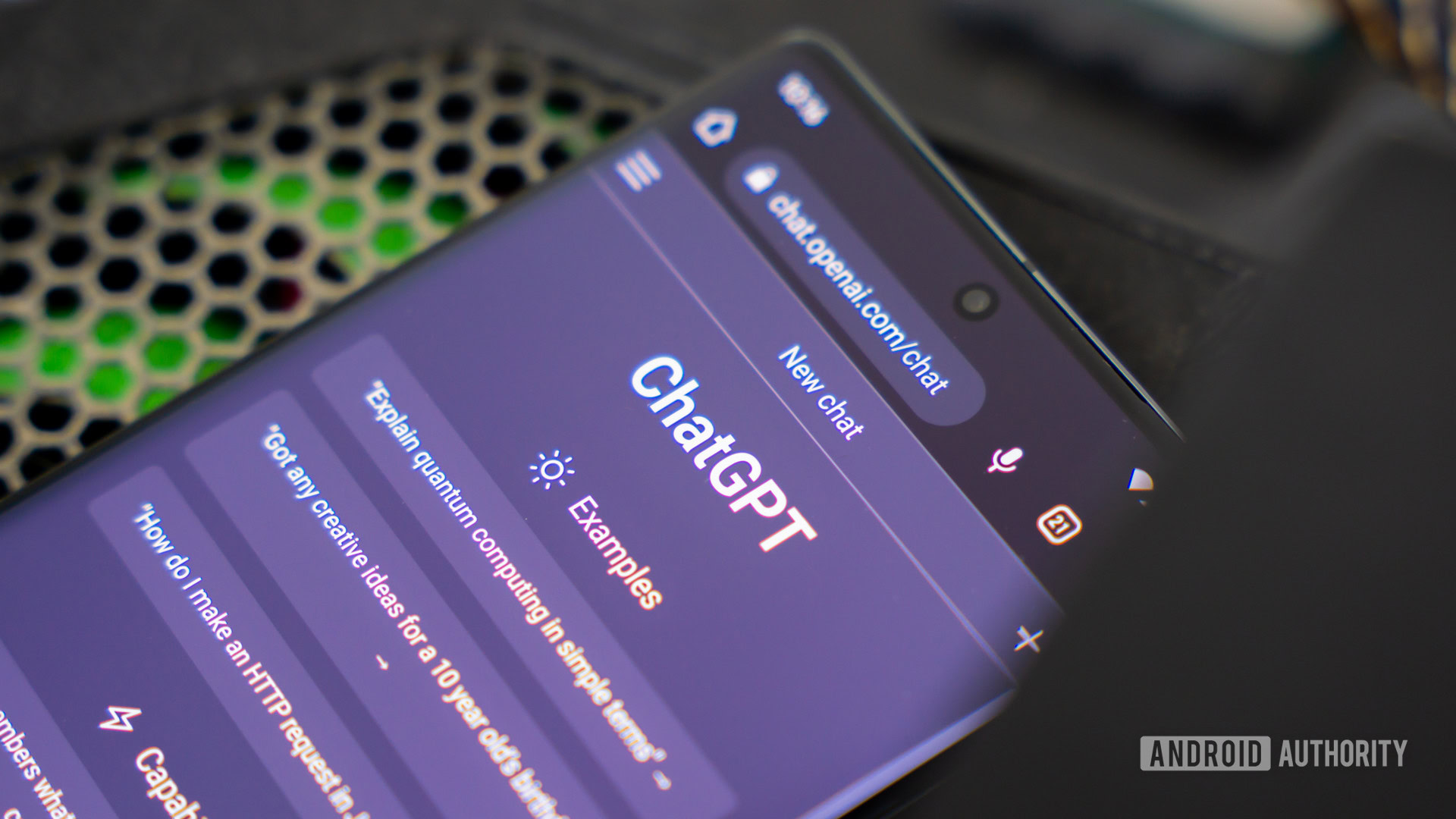Edgar Cervantes / Android Authority
AI chatbots like ChatGPT are knowledgeable about a wide range of topics and can generate text on almost any subject. However, there are certain limitations that can prevent them from discussing certain topics. These limitations are in place to prevent copyright infringement, dangerous advice, and misinformation. Fortunately, there are ways to work around ChatGPT’s restrictions and make it do what you want. Here’s what you need to know.
Why is ChatGPT restricted?
To understand why ChatGPT is restricted, it’s important to consider how it was developed. OpenAI, the creator of ChatGPT, used a vast library of text from books, the internet, and other sources to train the chatbot. Due to the diverse sources of information, there is a risk of the chatbot becoming offensive or aggressive, or favoring a particular political or moral ideology.
Google’s unrestricted language model provides examples of how a raw model might respond without any restrictions, often leading to responses that can amplify stereotypes or offend certain groups. To prevent this, Google manually aligns its language models to respond safely and responsibly. Similarly, Microsoft had to place heavy restrictions on Bing Chat (now Microsoft Copilot) after the chatbot displayed inappropriate behavior.
How to bypass ChatGPT restrictions
ChatGPT has various restrictions in place, including limits on text generation per reply and word blacklists that restrict certain topics. To bypass these restrictions, consider the following techniques:
1. Write longer prompts and provide context: Frame your questions with more context to increase the chances of ChatGPT responding. Avoid requesting offensive or abusive text.
2. Ask for indirect help: Address potential scenarios from a third-person perspective to avoid triggering ChatGPT’s content policy restrictions.
3. Bypass character limit: If ChatGPT cuts off responses due to a character limit, ask it to generate text in smaller portions or use the “continue” command to prompt it to pick up where it left off.
4. Consider alternative (offline) chatbots: Explore open-source alternatives to ChatGPT that may have looser restrictions or no censorship. Keep in mind that these models may not have the same language capabilities or logical reasoning skills as ChatGPT.
In conclusion, while ChatGPT continues to improve over time, its restrictions may hinder certain conversations. Exploring alternative chatbots may provide more flexibility in your interactions.

